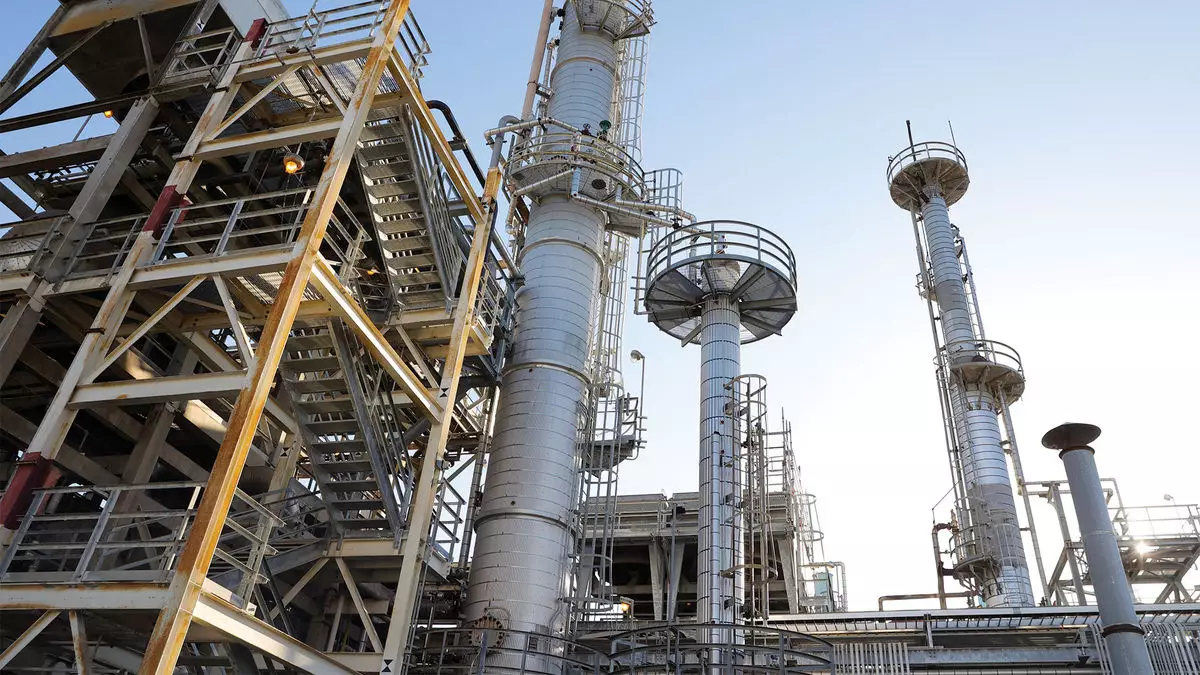In recent years, the production of sustainable aviation fuel (SAF) has gained significant traction in the United States, largely driven by federal incentives aimed at reducing the carbon footprint of the aviation industry. However, the industry now faces an uncertain future due to a change in administration, turning the euphoria of growth into anxiety. The goal set by the Biden administration to produce 3 billion gallons of SAF by 2030, which would account for 10% of total U.S. aviation fuel consumption, now appears increasingly unattainable. This poignant shift raises questions about the reliability of government backing, the impact of policy shifts, and the industry’s capacity for adaptation.
Incentives under the Biden administration — particularly tax credits for SAF production — have been instrumental in boosting output. The Inflation Reduction Act, offering substantial tax credits ranged between $1.25 and $1.75 per gallon, created a financial environment conducive to growth and innovation in SAF technologies. With this financial boost, U.S. production escalated from a mere 7.9 million gallons in 2022 to a commendable 38.7 million gallons in the subsequent year, according to the Environmental Protection Agency. However, with the expiration of these tax credits at the end of 2024, a shadow of uncertainty looms over future production. The proposed sliding tax credits are now contingent upon a new administration’s regulatory capabilities, a process that is currently stalled due to a transitional freeze on regulatory activities.
The apprehensive climate around regulatory changes underscores the volatile relationship between government policies and industry growth. Prominent figures like Adam Schubert from Stillwater Associates have highlighted the concern regarding unpredictable management under the Trump administration, which could slow the momentum built up for SAF. A delay in loan disbursement to strategic players like Montana Renewables suggests a possible shift in how economic incentives align with energy priorities, which could further exacerbate an already precarious situation for SAF producers. The questioning of ongoing support becomes critical in light of historical tendencies that prioritize short-term political gains over long-term environmental benefits.
Simultaneously, airlines have voiced ambitious sustainability commitments, with the International Air Transport Association (IATA) asserting that SAF will play a pivotal role in achieving net-zero emissions in aviation by 2050. Nonetheless, without a stable support structure, the ability of airlines to invest in SAF becomes jeopardized. The current market dynamics reflect an unsustainable model when the price of SAF exceeds that of conventional fuels by about $2 a gallon. Airlines may struggle to absorb these costs, undermining their commitment to sustainable practices unless a robust framework for incentives is reinstated.
Industry stakeholders present a spectrum of reactions toward the changing political landscape. While some express optimism for SAF aligning with other energy policies valued by the new administration, such as corn-based ethanol production, there remains a pervasive feeling of cautious uncertainty. Players like Scott Lewis from World Energy stress the need for continuity in policy to stabilize production and investment decisions. The variation in outlooks illustrates an industry sector caught between hope for favorable regulations and frustration with political maneuvering.
In the face of national uncertainty, state-level strategies emerge as potential lifelines for the SAF sector. Several states, including Washington, Illinois, and Minnesota, have developed their own incentive programs for SAF production. As states strive for energy independence and job creation, they illustrate a potential alternative route for SAF incentives that can offset the gaps left by shifting federal policies. In the short term, stakeholders may look to these regional initiatives as a bastion of stability amid the uncertainty at the national level.
Navigating the turbulent waters of sustainable aviation fuel production requires a multifaceted approach that addresses both regulatory uncertainties and industry dynamics. With the deadline of 2030 approaching and ambitious targets set, the industry must adapt to the changing political landscape while advocating for consistent policies that support SAF development. As stakeholders rally for state-level solutions and clarity from Washington, the SAF industry stands at a crossroads that could define its trajectory for years to come. Balancing innovation with adaptive strategy may ultimately dictate whether the dream of sustainable aviation fuels soars or falters against the backdrop of volatility.


Napsat komentář